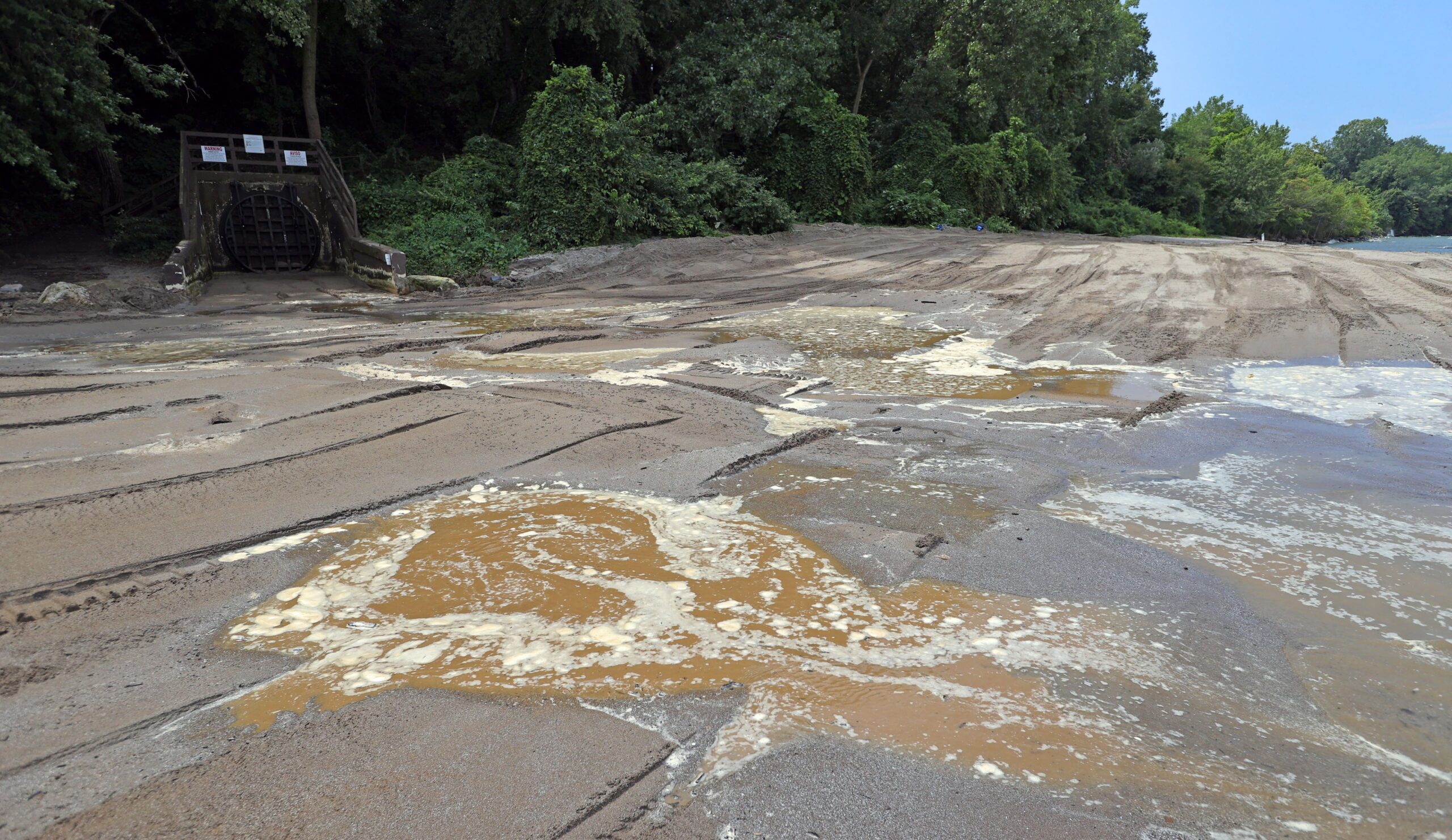Cleveland, Ohio Cities and counties in Ohio are preparing for a variety of expensive effects as climate change picks up speed.
They cover almost all facets of governmental services and infrastructure.
-
Cities will need to retrofit buildings for energy efficiency, upgrade air conditioning in schools and public buildings, and repair heat-damaged roads and water systems.
-
Public health systems and other government offices face rising demands, from building cooling centers to treating more cases of asthma and vector-borne illness.
-
Stormwater systems will need costly upgrades to handle more frequent and intense rainfall. Flood-prone buildings, utilities and roads may have to be elevated, floodproofed or relocated.
-
In some areas, shoreline and slope stabilization will be needed to prevent erosion. And more extreme weather events such as heavier lake-effect snow and wind damage will increase the costs of emergency response and infrastructure recovery.
According to Jenita McGowan, chief of sustainability and climate for Cuyahoga County, it is evident that local governments are beginning to feel the effects of climate change on a local level globally.
A 2022 report called “The Bill is Coming Due” details the costs to Ohio taxpayers, estimating that local governments will spend between $1.8 billion and $5.9 billion by 2050 to address the effects of climate change.
According to Joe Flarida, executive director of Power a Clean Future Ohio, one of the supporting organizations, the situation hasn’t improved since then. In my opinion, the effects have gotten worse over the years.
The important question, however, remains unanswered by the report: Who should foot the bill?
According to Flarida, some towns are currently considering taking the fossil fuel sector to court.
Read more: Is Ohio one of the states suing Big Oil over climate change?
Numerous states and local governments have already filed lawsuits against large oil firms nationwide, claiming they have been deceiving the public about the dangers of burning fossil fuels for decades.
The lawsuits are comparable to those filed against Big Tobacco and the opioid industry, which aim to make businesses pay for the harm their products have caused rather than stop manufacturing.
Richard Wiles, president of the Center for Climate Integrity, which monitors climate liability cases in ten states and Washington, D.C., stated that lying is crucial. They were aware of their actions.
According to Victor Flatt, a professor of environmental law at Case Western Reserve University, some lawsuits only require proof of injury; others do not rely on deceit. However, no Ohio city has yet to join the trend.
The Ohio General Assembly’s conservative stance, which might prevent such litigation, is partly to blame, according to Flatt. He added that Ohio’s climate disasters have been milder than those in places like Texas or the Pacific Northwest.
The state is not immune as a result. Experts caution that cities like Cleveland are becoming more susceptible to flooding from stronger Lake Erie storms and excessive heat, particularly given the aging housing stock. According to Nicholas Rajkovich, a climate adaption specialist at the State University of New York in Buffalo, the 1995 Chicago heat wave, which claimed over 700 lives, is a lesson in prudence.
Instead, Cleveland and Cuyahoga County have prioritized adaptation and mitigation, from planting trees that absorb carbon and cool cities to investing in microgrids that run on renewable energy. At least for the time being, lawsuits are not an option.
McGowan stated, “I think it’s just a big wait-and-see there.” Following Vermont’s and other states’ example of imposing carbon fees on top emitters to finance climate response may be a more realistic strategy, she said.
The legal dispute is still going on elsewhere in the meantime. In places including California, Minnesota, Massachusetts, and New Jersey, plaintiffs are proceeding in court, and a number of cases have passed significant obstacles like the motion-to-dismiss stage. Usually, the legal argument is based on a pattern of increasing expenditures over time, similar to those outlined in the Ohio report, rather than a single calamity.
Oil firms and their allies are resisting as the lawsuits move forward. Ohio was one of 16 states’ attorneys general who signed a letter in June pleading with the federal government to protect energy firms from responsibility. The lawsuits are a pointless, politicized campaign that diverts attention from more fruitful climate policy talks, according to the American Petroleum Institute, an industry trade group.
Advocates like Wiles, however, maintain that the risks are too great to overlook. He argued that this really shouldn’t be a party issue.
Rajkovich acknowledged that it might take years to settle the liability dispute. But in the end, he added, we will all have to pay for this in one way or another.
AI assisted in the writing of this essay.






